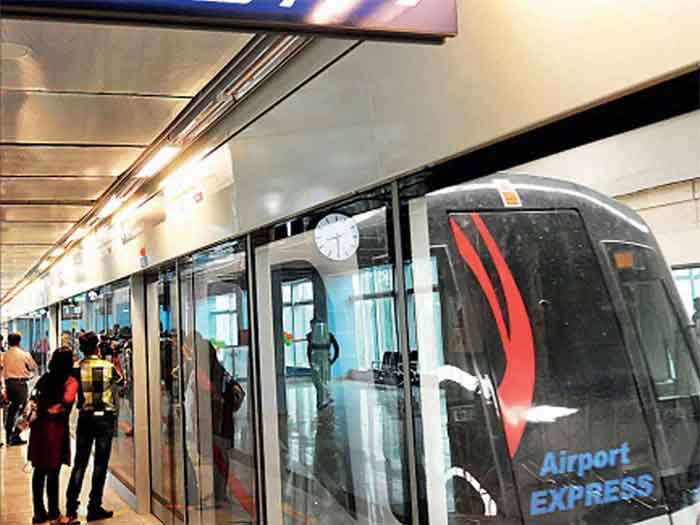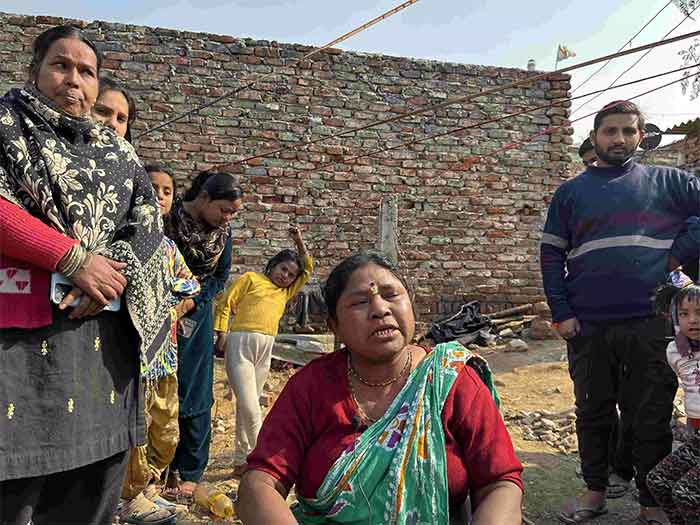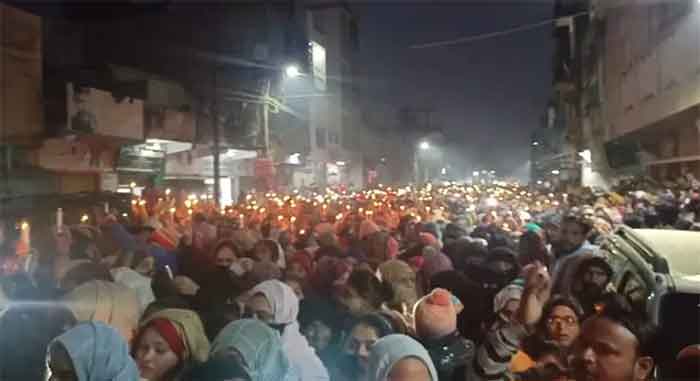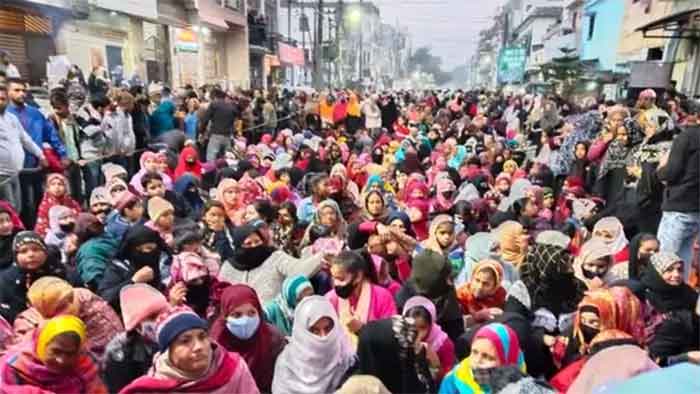
Power of money can certainly be utilized to reduce and perhaps even end poverty when/if the affected poor sections are encouraged to increase their earnings as well improve their standards of living. The effect can be totally contrary and even worsen conditions of the poor if the same power is used to target them and probably force them from their living areas in the name of developing the same. Development of any area in such a manner can from no longer be linked with any measure directed at reducing poverty and/or helping the poor earlier living there as well as earning their income from the same place. Rather, as suggested, it amounts to depriving the majority in the area of their homes as well as financial means thus actually worsening their economic status. Certainly, the same place may be re-build from scratch but for fewer and affluent people. This only amounts to rich being favored with poor being discriminated against with practically no importance being accorded to democratic ethics, values, rights and also duties. This point has been specifically made in context of slum-dwellers’ suffering, with special reference to Dharavi.
With his fortune around $77.8 billion, listed this January as 16th in Forbes Real Time Billionaires list, what can explain Indian business magnate Gautam Adani’s interest in Dharavi (Mumbai, Maharashtra) – known as one of the largest slums in the world? A few months ago, Maharashtra government approved his $619 million bid to redevelop this slum, spread over around 2.17 km with a population of around 10 million. Adani’s plan has been reportedly described by officials as “the world’s largest renewal scheme,” though it has not yet begun being actually implemented. If any work has begun, scheduled for this February, it is linked with surveys of residents of Dharavi, directed at selecting which residents are “eligible” for relocation to better houses. And what can this lead to? Elementarily speaking, dislocation of a considerable section living in this area, which implies their loss of houses, means of earning their livelihood and so much more.
Of course, this area has been selected and the people here thus “targeted” in a “bid” to develop it. It may be noted, origins of Dharavi date back to 1884 when people started moving out of rural areas in search of better means of living and chose to settle in urban Mumbai. Over the years, as people settled here, means of occupation increased along with size and population of this slum. Small industries bustling in this area include potteries, leather-work, tailoring, bakeries, recycling of plastic waste and others. Around 60% of Mumbai’s plastic-waste is said to be re-cycled here from scratch. In addition to families having been settled here for generations, Dharavi remains an attractive place for poor and lower income classes who cannot afford to live elsewhere. In fact, slums are the only choice for majority of this section across the country.
Now, as per the “rules” regarding who would be considered “eligible” for relocation to better residential facilities, those who have settled here after 2000 would not be. This by itself implies that a whole generation would not be considered. In addition, only owners and those living on ground floors would probably be considered “eligible.” Clearly, in a “bid” to uplift Dharavi, employment avenues and houses of probably the majority will be crushed by bull-dozers used to demolish this slum. Is this justified?
Interestingly, in Dharavi Redevelopment Project Pvt Ltd (DRPPL) Adani is reported to be partnering with US design firm Sasaki, UK consultancy firm Buro Happold and with Indian architect Hafeez Contractor. One is compelled to deliberate on how much American and British firms really know about Indian slums. Regarding the architect, he is best known for designing of skyscrapers. Of course, once Dharavi slums are razed to the ground, probability of expensive skyscrapers coming up here seems to be key motive.
Give a thought from another angle. India has around 50,000 slums in urban areas where around 36 million people live. Now, if the main objective regarding Dharavi is its development, why should its residents be made to suffer? The area can be developed with lesser investment by improving as well as increasing basic facilities of the people residing here. People unemployed here can be engaged in cleanliness drive of the area. A lot more can be done, such as facilitating better drainage, improving supply of water as well as electricity, constructing more toilets and so on. Seriously, adequate or practically no attention is apparently being paid to the core fact that no area can be developed without paying attention to initiating development measures for people living in the area. But if development implies raising buildings and other structures – displaying ample show of luxury to attract select affluent classes- after practically pushing away a much larger number of poorer sections, it doesn’t really reflect development of the country as a whole at least in this writer’s perception.
Today, if it is Dharavi, tomorrow it could be some other slum in any part of the country. There have been cases of slums or their parts being demolished with people living there being left with no place to go to despite claims and promises being made to them by their leaders. India’s capital city, Delhi is also not devoid of slums. There are at least 650 slum clusters here housing roughly 1.55 million according to a report presented in the Upper House of the Parliament. Interestingly, the legislator presenting the report also referred to efforts of central and state governments directed towards improving living standards of people, including slum dwellers. These points were made by Union Minister of State for Housing & Urban Affairs in a written reply to a question raised last year in August. This was a clear acknowledgement of central and state governments being responsible for paying attention to development of slums. It was not suggestive of the same being placed at mercy of private business houses.
Now, what about democratic rights of Indian slum dwellers and democratic duties of those elected by them? They have been repeatedly recognized as important vote banks by all political parties and have certainly come out to vote with great enthusiasm in contrast to apathy displayed by upper classes during elections. Is their democratic right limited to their votes? What about political responsibility of those elected by them to be in power? Yes, as voters, they have exercised their democratic right as well as duty quite religiously which they may be deprived of when pushed away from their slums. What about their democratic right and duty to exercise their say of what is preferred by them in development of their slums? Or is the importance- political value- of their democratic voice at risk of being forcibly silenced against the power of money exercised by business magnates as well as those in power? Does their democratic vote bear no relevance against the shine and glamor displayed by power of money? Think!
Nilofar Suhrawardy is a senior journalist and writer with specialization in communication studies and nuclear diplomacy. She has come out with several books. These include:– Modi’s Victory, A Lesson for the Congress…? (2019); Arab Spring, Not Just a Mirage! (2019), Image and Substance, Modi’s First Year in Office (2015) and Ayodhya Without the Communal Stamp, In the Name of Indian Secularism (2006).















































